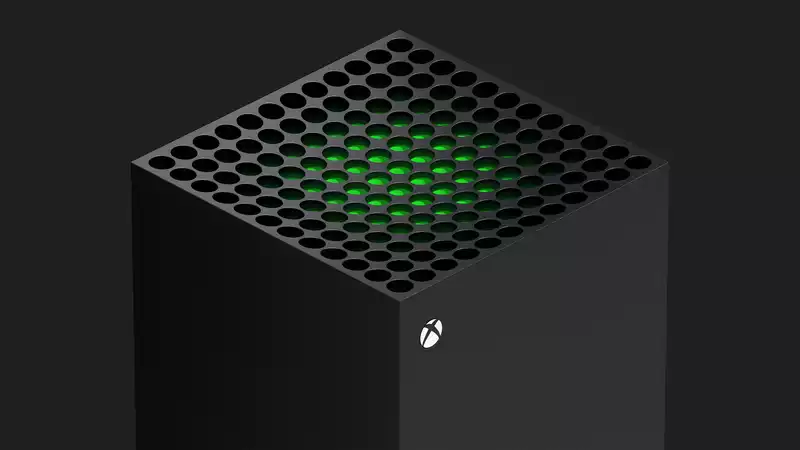The Xbox Series X may be the most powerful console ever, but it is still a console and in some ways lags behind the PC A breakdown of the Xbox Series X on Microsoft's website reveals some frustrating design decisions
This could hinder the gaming console in terms of both accessory charging time and data transfer speeds On the other hand, the same technical specifications confirm that the Xbox Series X will use the Wi-Fi 5 wireless protocol This is also not the latest technology, but it is a significant improvement over what the Xbox One offered
The information comes from the "Tech Specs" section of the official Xbox Series X website Most of the information is what Microsoft has endlessly described: custom Zen 2 CPU, custom RDNA 2 GPU, 16GB RAM, 1TB SSD, etc However, the "Ports & Connectivity" section is particularly interesting Here we learn that the Xbox Series X will have one HDMI port, three USB-a ports, and 80211ac dual-band wireless, aka Wi-Fi 5
The omission of a USB-C port is not the end of the world, but it seems an odd choice given that the Xbox Series X controller will have a USB-C input Presumably, if players want to charge, they would need to use a USB-C-A cable, as some phones and headsets have adopted While there is nothing wrong with this type of charging, it does not take full advantage of the speed of USB-C Players will also have to contend with ports that take up space and plugs that are easy to plug in incorrectly
Another potential advantage of USB-C is its ability to transfer data at extremely high speeds, which could be useful for external storage drives (The Xbox Series X supports both its own extended storage and traditional storage options via USB) If you plan to transfer games between the Xbox Series X and an external drive, be prepared to spend a little time
There is good news on the Wi-Fi front as well However, there will no doubt be some tech fans who are unhappy that Microsoft chose the slightly older Wi-Fi 5 protocol rather than the shiny new Wi-Fi 6 Wi-Fi 5 allows dual-band connectivity (both 24GHz and 5GHz bands) and transfer rates of up to 35Gbps Wi-Fi 6 is similarly dual-band, but supports transfer rates of up to 96 Gbps
However, most people do not have such modems or routers The average Internet speed in the US is about 44 Mbps, Western Europe is 30-50 Mbps, and even Southeast Asia is capped at about 100 Mbps Furthermore, Wi-Fi 6 is just beginning to be deployed in consumer devices, and it would certainly have been difficult to incorporate it into a device whose physical design was almost complete last year










Comments